Kia ora! Well, I've been trying to become the editor of a few new people here at TV.com, and succeeded with all three, much to my surprise, since I didn't think there was enough out there for these rather obscure Kiwi actors. But as I was going for Nick Kemplen, I noticed that one of his shows, Orange Roughies (about a police/customs task force in NZ) had an official website with a treasure trove of the sort of information needed here, and that the show, while added to the TV.com database, had no editor. So I've been spending the last couple of days trying to get it, and just succeeded this evening, so yay me!:D I have even found a source for the first few episodes of the show, so I'm going to even get to watch it eventually, something I rarely get to do with my Kiwi shows. I'm not expecting much, since it was taken off the air in NZ because of low ratings, but it will still be interesting, if only to compare it to shows made in the US, as well as a chance to see a few of my favorite Kiwis speaking with their natural accents. But since I'm still pretty focused on my last "new" show, Soldier of Fortune: Special Ops Force, I probably won't be watching it for at least a week. In the meantime, I do intend to post some more vacation pictures, so I hope you'll pop in and have a look when I get the chance to get them up.:)
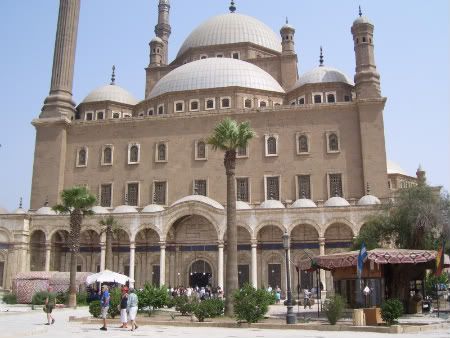
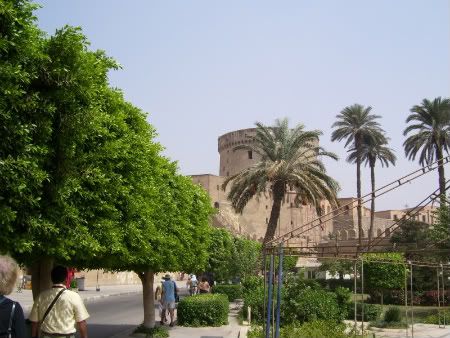
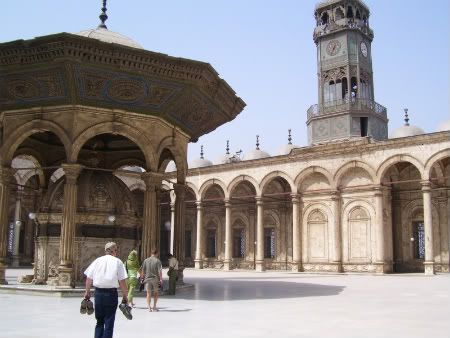
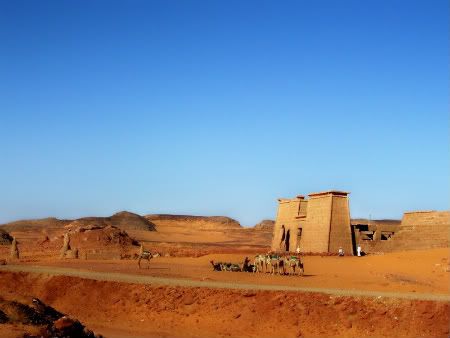
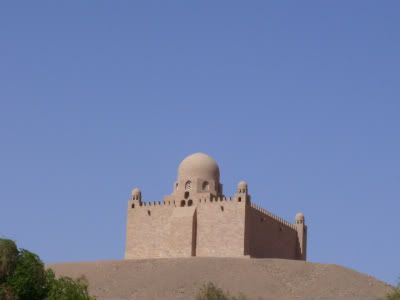
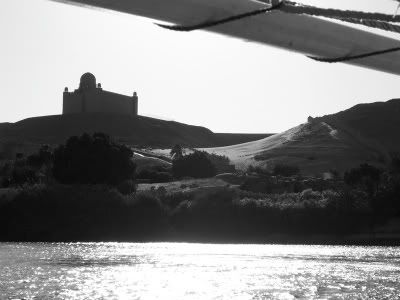
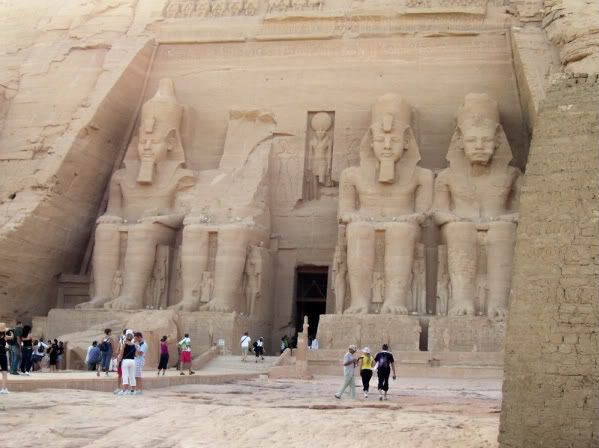
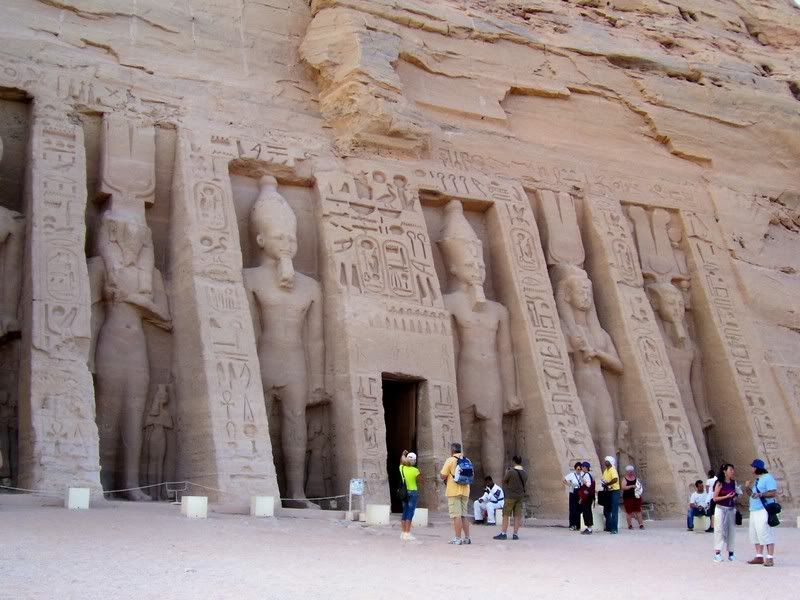
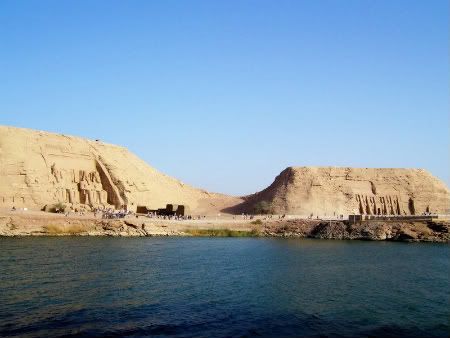
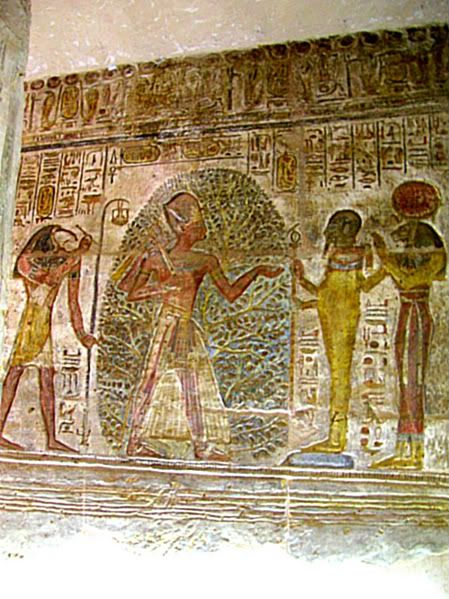 This is a relief from the Temple of Derr at Amada showing the ibis headed God Thoth (God of Knowledge) writing the number of years a Pharaoh would rule on the Tree of Life, as he was said to do for all Pharaohs. I thought the image was also appropriate to celebrate a certain special someone's birthday, so everybody be sure and wish breezy a happy birthday today! I wonder how many years Thoth is writing down for us on his tree...;) Also shown is the lion headed Goddess Sekhmet, who was the main God of War. She was also known as the Scarlet Lady and the Avenger of Wrongs. Red in ancient Egypt was a color of death, but her blood red color was also connected to women's monthly cycle, making her the patron of women.
This is a relief from the Temple of Derr at Amada showing the ibis headed God Thoth (God of Knowledge) writing the number of years a Pharaoh would rule on the Tree of Life, as he was said to do for all Pharaohs. I thought the image was also appropriate to celebrate a certain special someone's birthday, so everybody be sure and wish breezy a happy birthday today! I wonder how many years Thoth is writing down for us on his tree...;) Also shown is the lion headed Goddess Sekhmet, who was the main God of War. She was also known as the Scarlet Lady and the Avenger of Wrongs. Red in ancient Egypt was a color of death, but her blood red color was also connected to women's monthly cycle, making her the patron of women. 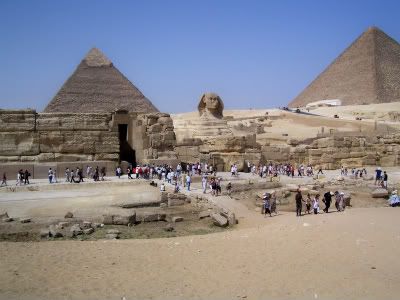
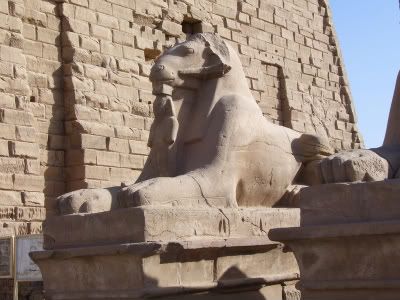
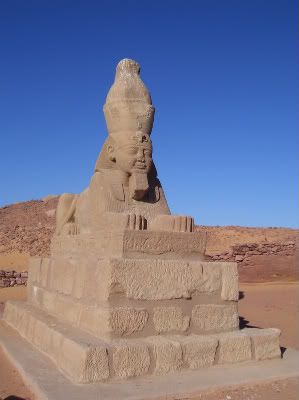
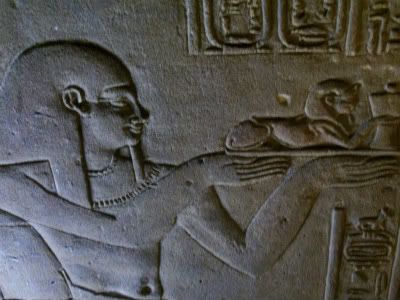 Relief from the Temple of Edfu of a Pharaoh presenting a Sphinx to one of the Gods
Relief from the Temple of Edfu of a Pharaoh presenting a Sphinx to one of the Gods
Log in to comment